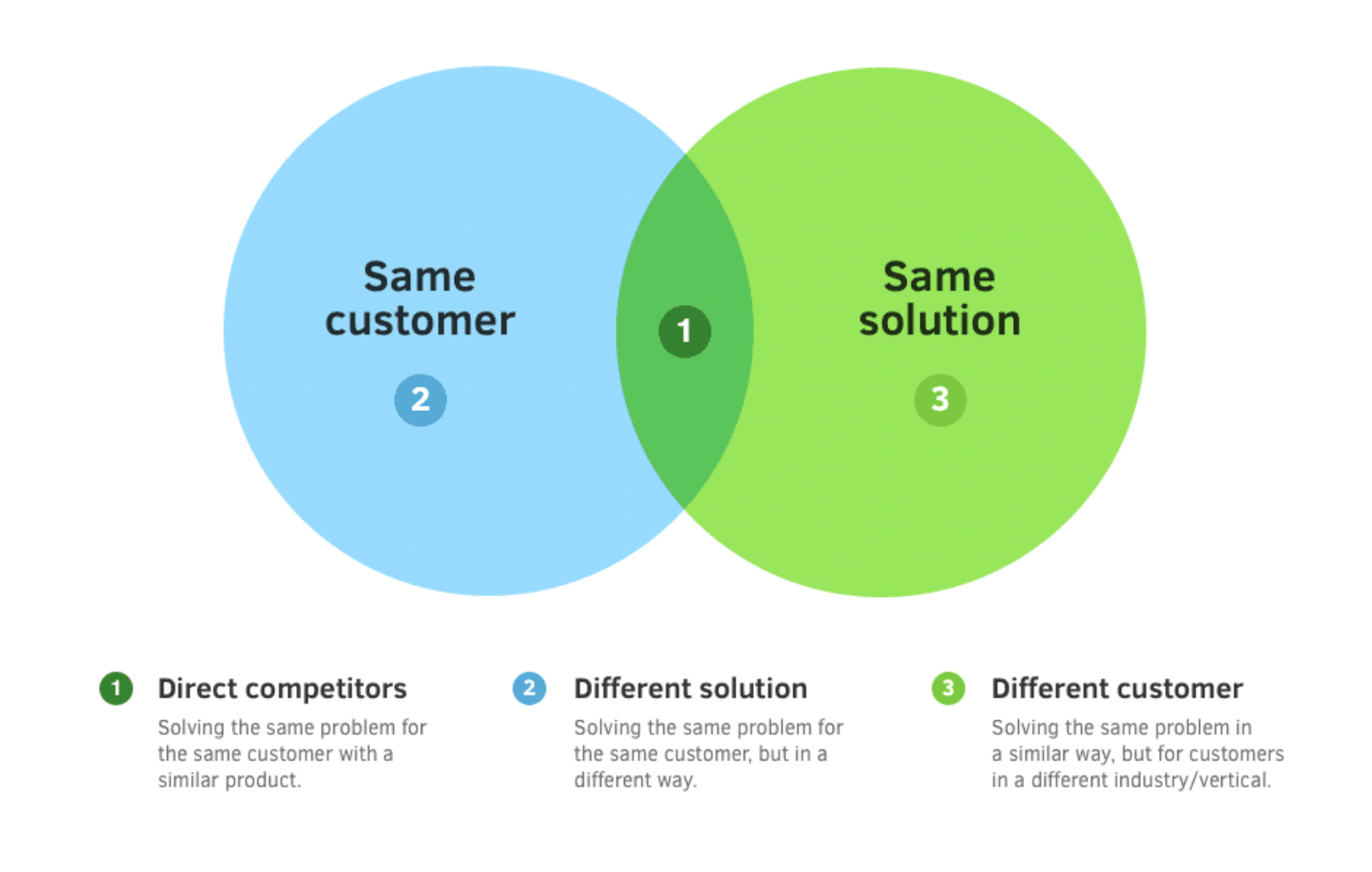IN ADDITION TO MY BLOG, I’M ALSO A CONTRIBUTOR FOR ENTREPRENEUR AND THRIVE GLOBAL | CHECK THEM OUT & KEEP READING!
Competitive Analysis can be difficult.
It’s especially difficult (and complex, and time-consuming) if you’re just starting out in business. The majority of the data is really tough to obtain. Even if you find anything useful, you always appear to have more questions than answers.
If you’re not sure, or if your most recent “study” consisted of a brief glance at a competitor’s website and social media presence, you’re likely losing out on important information that may help your business grow.
What is Competitive Market Analysis?
A competitive analysis is a strategy that entails investigating significant rivals’ products, sales, and marketing strategies. Conducting a competitive market analysis has a number of advantages, including strengthening corporate strategy, fending off competitors, and grabbing market share.
But how do you make it useful?
- Choose the appropriate competitors to research.
- Determine which areas of your competitors’ operations are worth investigating.
- Know where to seek information.
- Understand how you may apply the information to your own business.
Why do we do it?
Here are many reasons why we bother to perform competitor analysis:
- Get a benchmark to measure your growth against: You can figure out what your competitors are doing well. This will also provide you with a general concept of what you should be doing.
- Discover market niches that your competitors aren’t adequately serving: You’ll be able to see how your business, product, or service differs from those of your competition.
- It helps you to see what consumers are saying about them (or what concerns issues, or solutions they are looking for). Then improve your product or service by capitalizing on your competitor’s weakness or gap in the market.
So who are your competitors?
Based on Myk Pono’s categorization, here’s a helpful approach to thinking about your competition: To make your study truly comprehensive, you need to include at least one rival from each category.

How to do it?
Identify your competitors, their revenue, and customers. Start by gathering basic information about your competitors, such as the company’s foundation year, the names of the CEO and other key persons, the locations of the company’s offices, the number of workers, and so on.
Scour your competitors’ digital marketing strategy from paid to organic, their funding for their strategy. If you Google your competitor’s name plus the phrases “revenue,” “customers,” and so on, you could find interviews or news releases where the companies share this information. It’s also useful to know when, how much, and from whom your competitors received funding, especially if you aim to raise money yourself. Find out what platforms they are using, how often are they posting, what type of content, what time of the day, what is the average number of likes and comments, and how do they respond to comments.
Compare marketing positioning and Outline what your competitors do and provide. Analyze your competitor’s pricing and how they structure the product, the perks they include, and the technology that they use. Browse their website, read their social media, watch their YouTube videos, and read their blogs. Do a comprehensive evaluation of your competitor’s products and services—what are they selling and what kind of technology are they using to build them. What is their selling point and does it come with perks?
Compare share of voice, read their customer reviews, comments, questions, and complaints. Take their geography into consideration as well as the social media platforms that they are utilizing. Looking at what their customers have to say about them is the next important step in studying the competition. You’ll get front-row seats to any customer complaints and questions which can help you in developing your strategy or offerings. Create an alert in Awario for each rival’s brand, allow the tool some time to collect mentions, and then go to the Alert Comparison report to see how frequently each competitor is discussed on social and the web. Examining the location of your competitors’ mentions can help you figure out which areas they’re concentrating on (and, perhaps, identify a market that isn’t yet saturated). That’s where you can meet the gap.
Compare marketing strategy in terms of advertising, influencers, other partners, sales, customer service, and SEO. See their strengths, weaknesses and find opportunities or threats [SWOT Analysis].
Doing an in-depth analysis once a year is recommended though ideally, performing competitor analysis every six months can help your business not fall short of what your competitors are doing.
Remember, the goal of a competitive analysis isn’t to copy what your competitors are doing; but it is to figure out where your company fits in the market and identify fresh ways to differentiate your product.
Concentrating on your clients and supply and demand gaps will eventually serve you considerably better than focusing on the competitors.
Ways Forward
Conducting a competitive analysis is critical to the success of your company. However, it might be time-consuming and laborious, especially if you’re analyzing numerous competitors.
Fortunately, there are a plethora of internet research tools available to make the process simpler and more efficient. SEMrush, SpyFu, BuzzSumo, and Owletter are among the most popular tools. Using research software allows you to save time while delivering the most accurate results for your company.
Other Articles You May Enjoy
How to Build an Effective Content Calendar for Social Media Success
Learn how to create an effective content calendar that keeps your social media strategy organized and impactful. This guide covers planning, scheduling, and optimizing content to boost engagement and consistency.
The Cost-Effectiveness of a Fractional Marketing Director vs. In-House Team
Discover the cost-effectiveness of hiring a Fractional Marketing Director versus building an in-house team. Learn how this flexible, budget-friendly solution can provide expert strategy and leadership without the overhead costs. Find out if it’s the right move for your business!
Building a Digital Marketing Strategy That Aligns with Your Business Goals
Learn how to build a digital marketing strategy that aligns with your business goals. This guide breaks down key steps to create a results-driven plan that boosts visibility, engagement, and growth.



